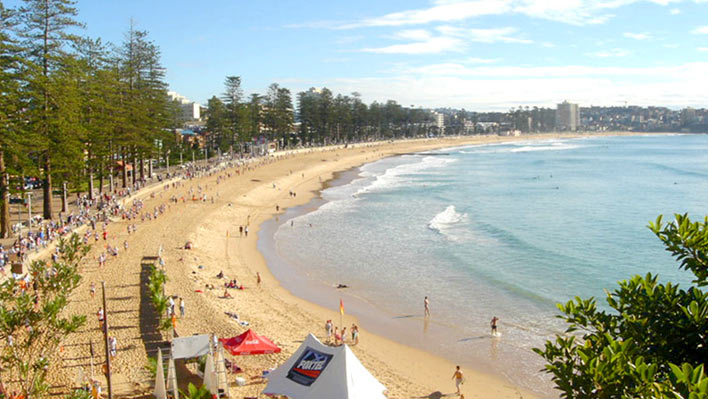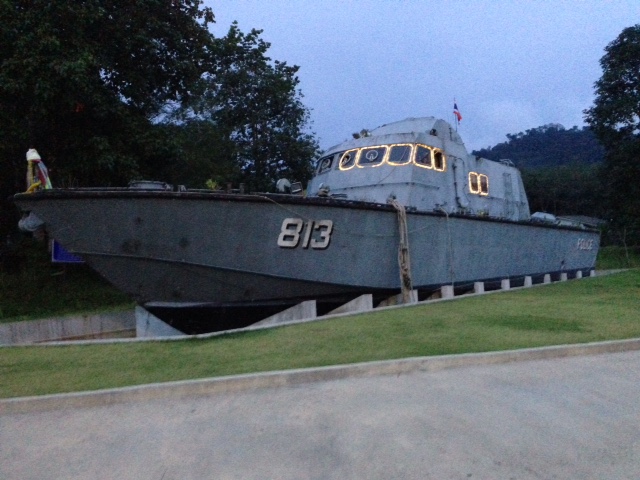
It’s hard to believe that the Indonesian Tsunami occurred 10 years ago. For me this was definitely one of those “I remember where I was when …” events.
Waking up on that Boxing Day morning, having celebrated a wonderful family Christmas, reunited with relatives from around the world, as I’m sure any geographer would understand, the news reports of a huge earthquake in Indonesia were quick to capture my attention. As I started to watch the TV news I was horrified by what was unfolding. I was aware of tsunamis and how they form, I’d taught about them in school but until now I had no understanding of their capacity for such complete and utter devastation on such an extensive scale.
Video footage revealed the immense power of the tsunami as it uprooted vegetation, carried boats and vehicles inland, demolished buildings and took the lives of 286,000 people across 14 countries. The images from that day have stayed with me over the years and this summer, when I visited Thailand for the first time, they were very much in my mind. As I visited some of the coastal areas that had been virtually obliterated in 2004 there was little visual evidence of what had occurred a decade earlier. Coastal settlements have rebuilt communities and lives and the tourist industry appeared to be thriving.
Patrol boat 813 was swept 2km inland and now serves as a memorial in Khao Lak, Thailand.
I couldn’t help but wonder what would happen if the wave struck today? What would be different? Certainly there’s a much greater public awareness of the warning signs. I don’t think anywhere near as many people would linger on the beach out of curiosity and confusion if there was a sudden retreat of the tide. The immense amount of video footage has enabled scientists to study the wave as it makes landfall and develop a deeper knowledge and understanding of this phenomenon. The Indian Ocean Tsunami Warning and Mitigation System should in theory allow people to evacuate to higher ground in the event of a tsunami occurring.
Yet there remain doubts in my mind as to how effective these mitigation strategies would be. One road back from the beach, the view of the sea is completely obliterated by poorly constructed tourist shops with corrugated iron roofs. These would offer no protection and would most certainly add to the deadly debris swept along in the wave. The narrow and already congested streets would make evacuation a slow and difficult process if a warning was received. How effective would the early warning system be? Following an off shore earthquake in Indonesia in 2012 it became apparent that a number of the deep sea buoys had been damaged and there were weaknesses regarding communication and warnings at a local level. Not very reassuring.
As I visited some of the worst affected beaches I found myself doing a mental assessment of how people would evacuate in the event of another tsunami. Even at the busiest resorts the evacuation route was not always clearly marked and the signs were faded and in a poor state of repair. If you were unfamiliar with the area and in a state of shock/panic it wouldn’t be easy to find your way. Is this an indication that people are becoming complacent as time passes? After all Year 7 students would have no recollection of this event.
Despite what we have witnessed individuals still choose to live near to the coast, the most vulnerable members of society have little option but to live in densely populated communities with no protection from the waves and population growth continues to put pressure on land resources. Even in Japan, a country with a higher level of development and greater wealth, the massive walls, a tsunami alert system, sirens and broadcasts warning people to evacuate to safe ground didn’t prevent the deaths of nearly 20,000 people following the 2011 tsunami.
So will it be different next time? Let’s hope we never have to find out. The 10 year anniversary and memorial events that took place around the world have certainly reminded people of just how vulnerable we all are to natural disasters. Learning from the past is surely key to mitigating the impacts and saving lives.

